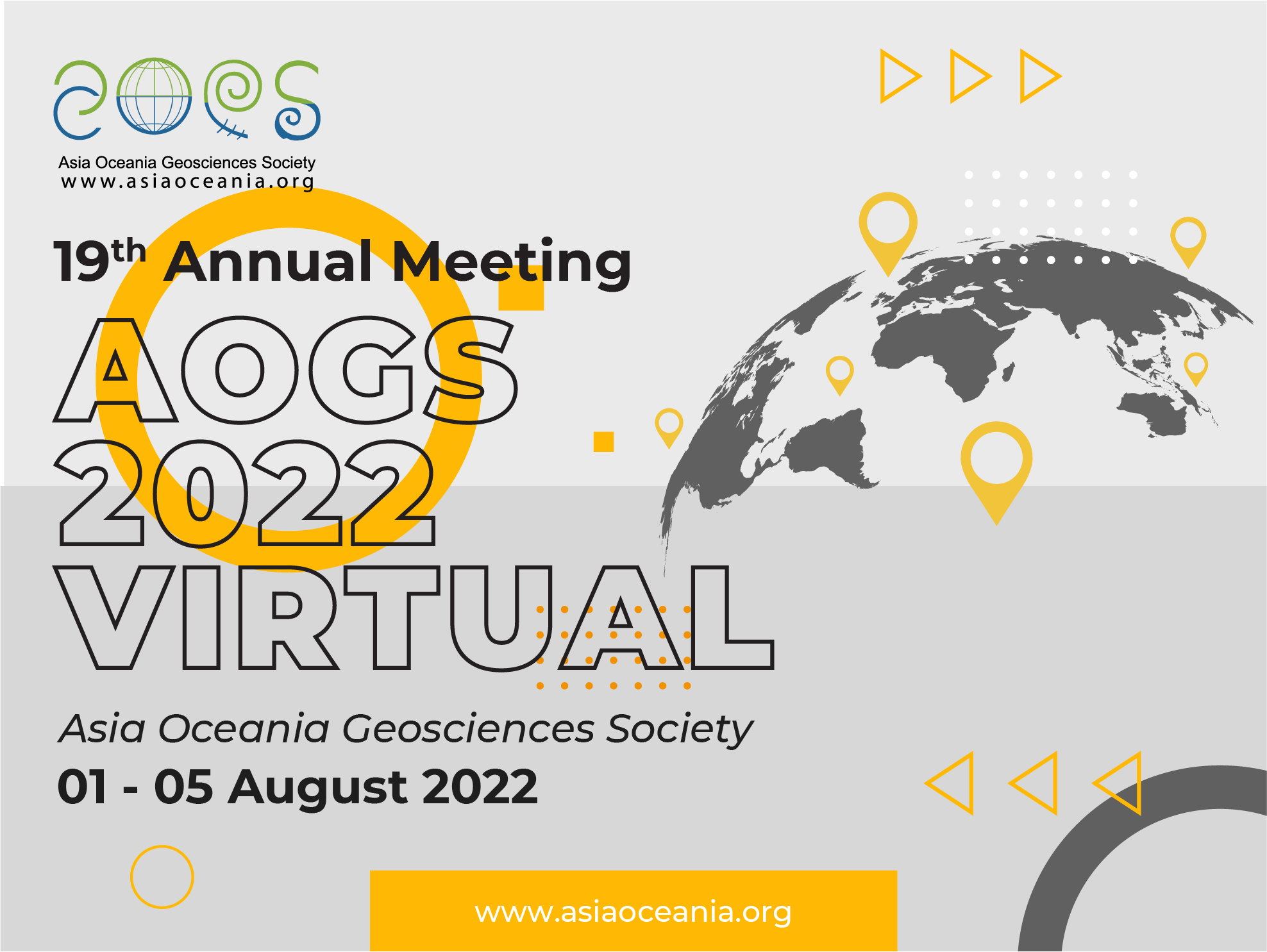
Zhenzhong ZENG
Program uses Singapore Time and is 8 hours ahead of GMT
HS Kamide Lecture/Live Q&A Tue-02 Aug 08:00 – 08:45
Biosphere-Atmosphere Interactions in Australia: Multiple Climate Equilibria
The greening of the planet has been evidenced by long-term forest inventories, ecosystem model simulations, long-standing National Oceanic and Atmospheric Administration – Advanced Very High-Resolution Radiometer (NOAA-AVHRR) satellite measurements, and the observed enhanced seasonal exchange of CO2 in the northern hemisphere. Previously, we feed the satellite-observed greening of the Earth into several state-of-the-art Earth System Models and find that the greening has slowed down the rise in global land-surface air temperature during the past decades, mainly owing to the intensified moisture recycling through a coincident increase of evapotranspiration and precipitation in wet regions. We also find the greening-initiated intensified moisture recycling is suppressed by the decreased soil moisture induced by the greening-enhanced transpiration in dry regions. However, there is no consensus on the climate impacts of the greening in semi-arid areas such as Australia. The greening-induced climate impacts are not sufficient to explain the observed drought in Australia neglecting the vital role of large-scale climate variations. Little is known about the mechanism of how greening forcing mediates the land-atmospheric feedback under the context of the dominant climate variability, e.g. ENSO. Here, we use the Institut Pierre-Simon Laplace Earth System Model (IPSL-ESM) forced by the satellite-observed LAI in the 1980s and the 2010s under various atmospheric carbon dioxide concentrations and ocean conditions
The model simulation results show three distinct climate equilibria in Australia as responses to the same forcing of earth greening under various states of sea surface temperature (SST) patterns including the climatology mean, El Nino, and La Nina conditions, respectively. When the atmospheric CO2 was set at a low level (the 1980s), under the climatology mean SST, the substantial soil moisture depletion dominants the whole Australia, leading to a hot and dry climate equilibrium under earth greening. The decreasing soil moisture is a result of vegetation resistance that plants uptake soil moisture to resist the harsh environment for growth and reduce the water demand for transpiration. ENSO effectively alters the response of soil moisture to the increasing LAI. Led by El Nino, there are moderate increases of precipitation in the central areas and little changes in the coastal regions, partially increasing the soil moisture in the center while leaving the rest of the regions to remain the soil moisture deficit due to the vegetation resistance.
Meanwhile, the whole region of Australia presents a less severe soil moisture deficit under the La Nina SST owing to the enhanced precipitation alleviating the dry conditions and slightly higher transpiration is found in this equilibrium, indicating less vegetation resistance. We also find the increased atmospheric CO2 to the level of the 2010s will substantially change the three equilibria responding to the greening under various ocean conditions: it is extremely dry under the El Nino SST, heterogeneous wet and dry under the climatology mean SST, and relative wet under the La Nina SST. Among the climate equilibria responding to the greening in Australia, evapotranspiration changes are limited by water availability. Findings of these equilibria with the same LAI forcing reflect a key role of vegetation synergistically with large-scale ocean variations constrains the soil-atmosphere feedback. The vegetation is responding to the changing climate, and such a response could lead to serious feedback loops with a potentially long-lasting, self-sustained regional change. The vegetation-based warming mitigation policies need to balance the trade-offs between the cooling effect and the land-atmosphere response to a greener planet.
Professor Zhenzhong Zeng is an earth scientist who studies global climate change from an earth system science perspective, with particular interests in biosphere-atmosphere interactions and nature-based solutions to climate change. He views the biosphere as an integral part of the earth system, and integrates satellite remote sensing with those state-of-the-art earth system models that are now profoundly changing research in the earth sciences. He is currently an associate professor at Southern University of Science and Technology, and his group is trying to find a solution to address the problem of global climate change from the nature of the earth. He received his PhD degree in Physical Geography from Peking University (advisor: Dr. Shilong Piao), during which his work primarily focused on understanding and modelling the role of vegetation in the terrestrial water cycle and the global climate system, determining the response of the biosphere to anthropogenic forcing and quantifying how the biosphere response feeds back to the water cycle and climate change. During 2016-2019, he was postdoctoral research associate working with Dr. Eric F. Wood in the Terrestrial Hydrology Research Group at Princeton University, where his work focused on observations, drivers, impacts, and solutions of agricultural expansion and forest loss in tropical regions. He is one of the Young Changjiang Scholars of the Ministry of Education at China and the Qiushi outstanding Young Scholars. He is also a Clarivate Highly Cited Researcher for cross-field performance in 2020 and 2021.

Zhenzhong ZENG
Southern University of Science and Technology
